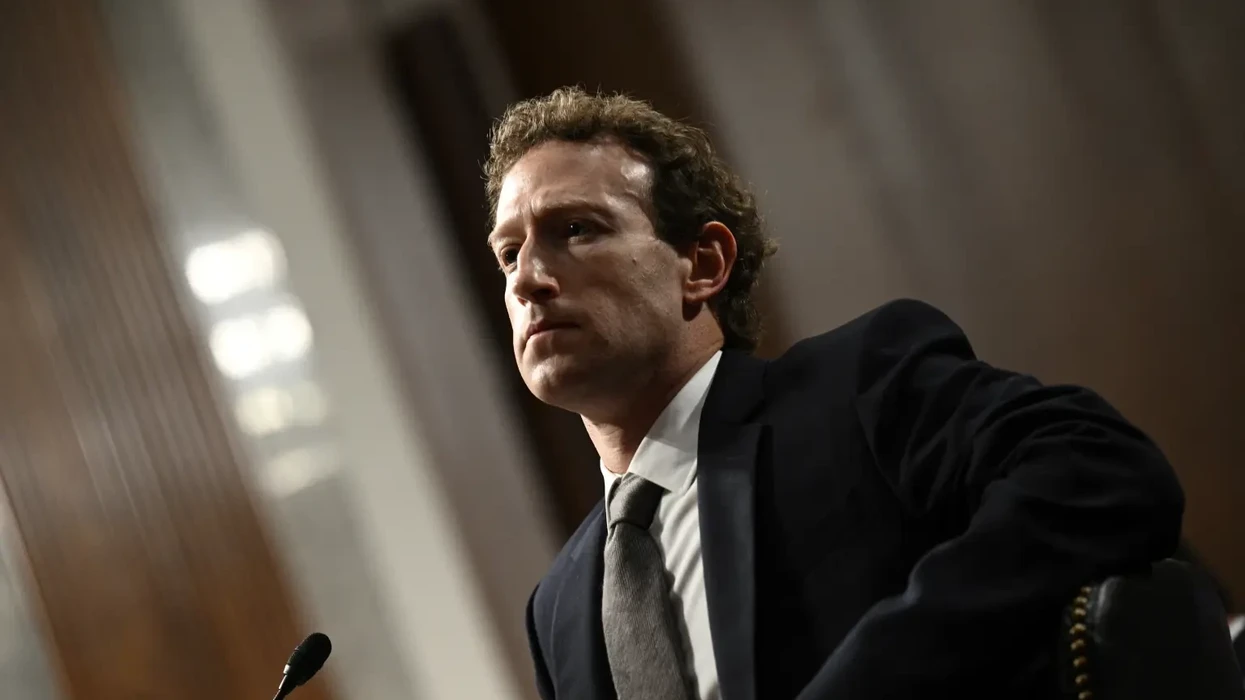After months of high-stakes, often contentious negotiations, US president Donald Trump has announced a sweeping new trade agreement with Japan. The deal, which Trump has called “perhaps the largest Deal ever made,” marks a dramatic turn in economic relations between the two nations. Talks had reached a fever pitch amid US threats to enact a punishing 25 per cent tariff on almost all Japanese exports if no agreement was reached before August 1.
Tariffs on Japanese exports, major Japanese investment
Under the new accord, Japanese exports to the US will now face a 15 per cent tariff, a notable reduction from the looming 25 per cent rate previously threatened by the US administration. This move is being described as a compromise that potentially spares Japan’s critical automotive and electronics sectors from even steeper penalty rates.
In exchange, Japan has committed to invest an unprecedented $550 billion in the US economy, with President Trump stating that America would receive 90 per cent of the profits generated through these investments. Although the specific structure and timeline for this investment remain unclear, Trump has emphasized its “job-creating” potential, claiming it will result in hundreds of thousands of new positions for American workers.
Opening Japanese markets to US exports
The trade deal also obligates Japan to further open its markets to key American exports, including vehicles, rice, and a variety of agricultural products. U.S. negotiators had been pressing for greater access for American-made cars and trucks, with new provisions allowing vehicles that comply with U.S. safety standards to be sold in Japan without additional country-specific requirements.
Additionally, both sides agreed to establish a joint US-Japan venture focused on liquefied natural gas (LNG) projects in Alaska—an effort projected to drive further trade and energy ties between the two countries.
Political context and market reaction
The agreement arrives at a volatile time in Japanese politics; Prime Minister Shigeru Ishiba’s coalition recently lost its upper house majority, and his government has also been under pressure to avert the threatened U.S. tariff escalation. Ishiba stated he would carefully review the final deal’s details but indicated it was in Japan’s national interest.
Markets responded favorably to the news. Shares in major Japanese automakers spiked sharply after the announcement, with Mazda surging over 17 per cent and Toyota, Nissan, and Honda registering gains of 8.5–12 per cent. Tokyo’s Nikkei 225 index climbed almost 3 per cent in early trading on the news.
Unanswered questions and global implications
While President Trump and US officials have hailed the agreement as “historic” and “the largest ever,” details regarding the structure of the Japanese investment and the allocation of profits remain to be clarified. Some trade analysts note that both sides are portraying the deal as a win, though Japanese officials use more cautious language.
The deal comes as part of Trump’s wider effort to reset US trade relations globally, following recent agreements with the UK, Indonesia, and Vietnam—and as China continues to respond to US tariffs with its own retaliatory measures.
The new US-Japan trade deal marks a significant moment in global trade policy, introducing hefty tariffs balanced by record investment and widened market access. Both sides have presented the outcome as mutually beneficial, but as implementation details emerge, the true impact on trade balances, jobs, and international economic relations will become clearer in the months ahead.



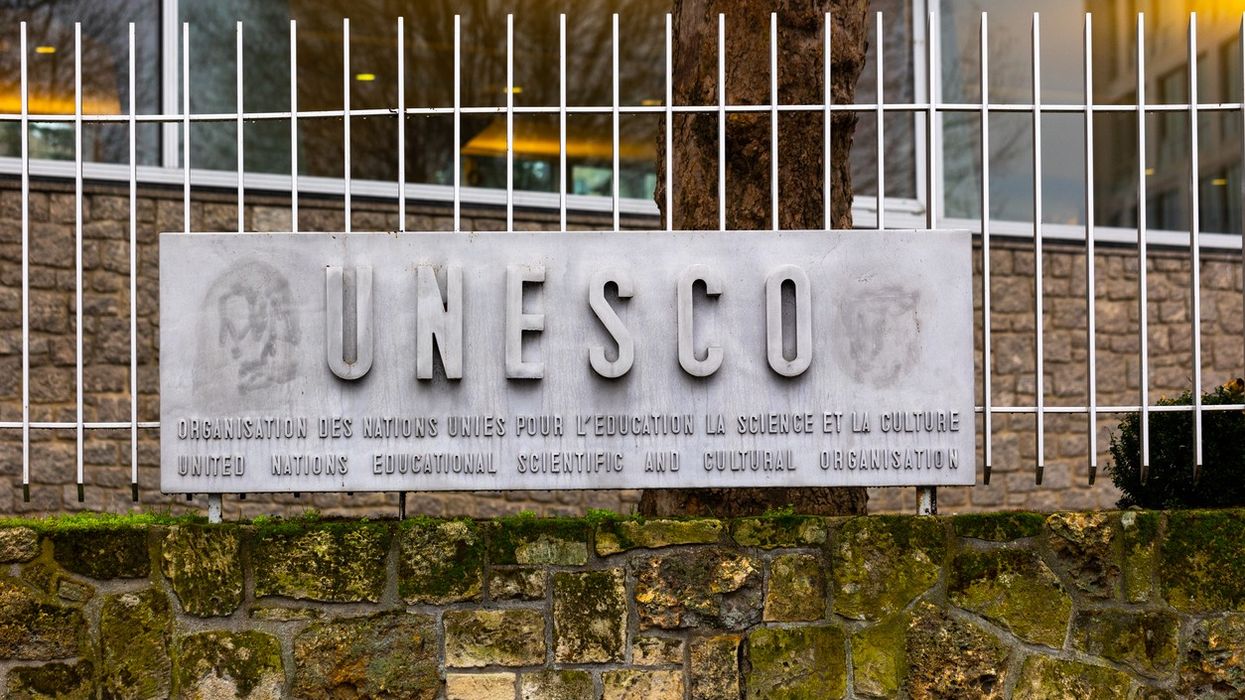

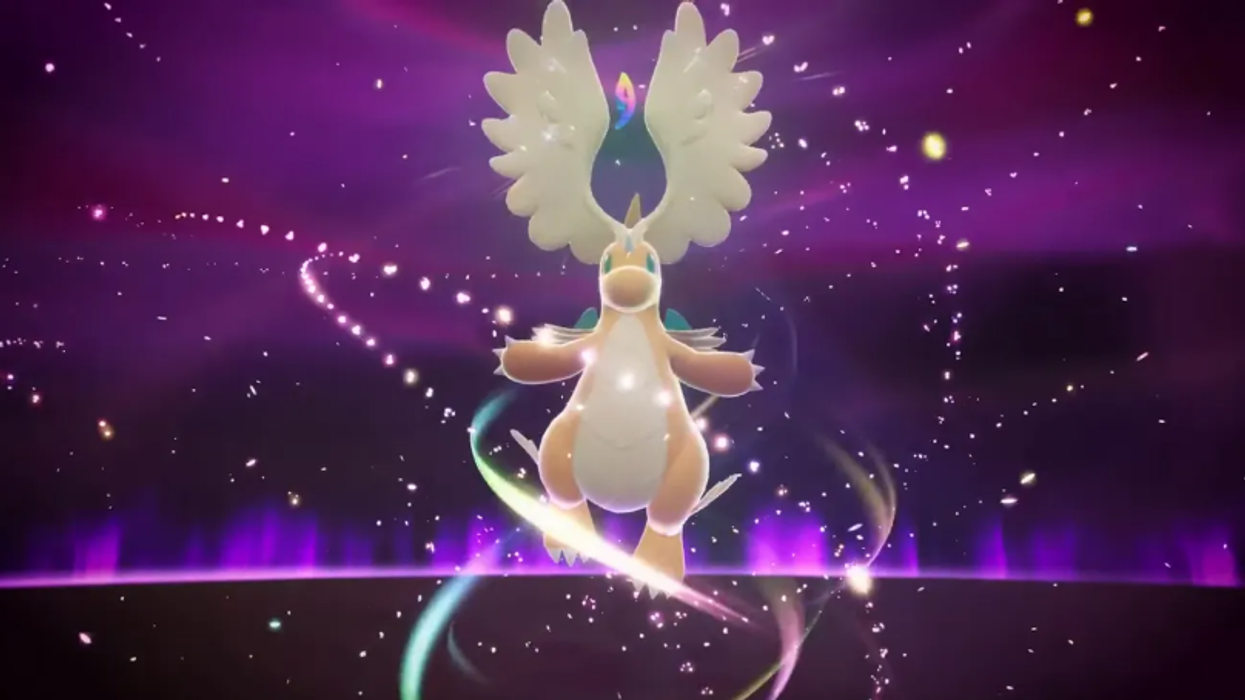
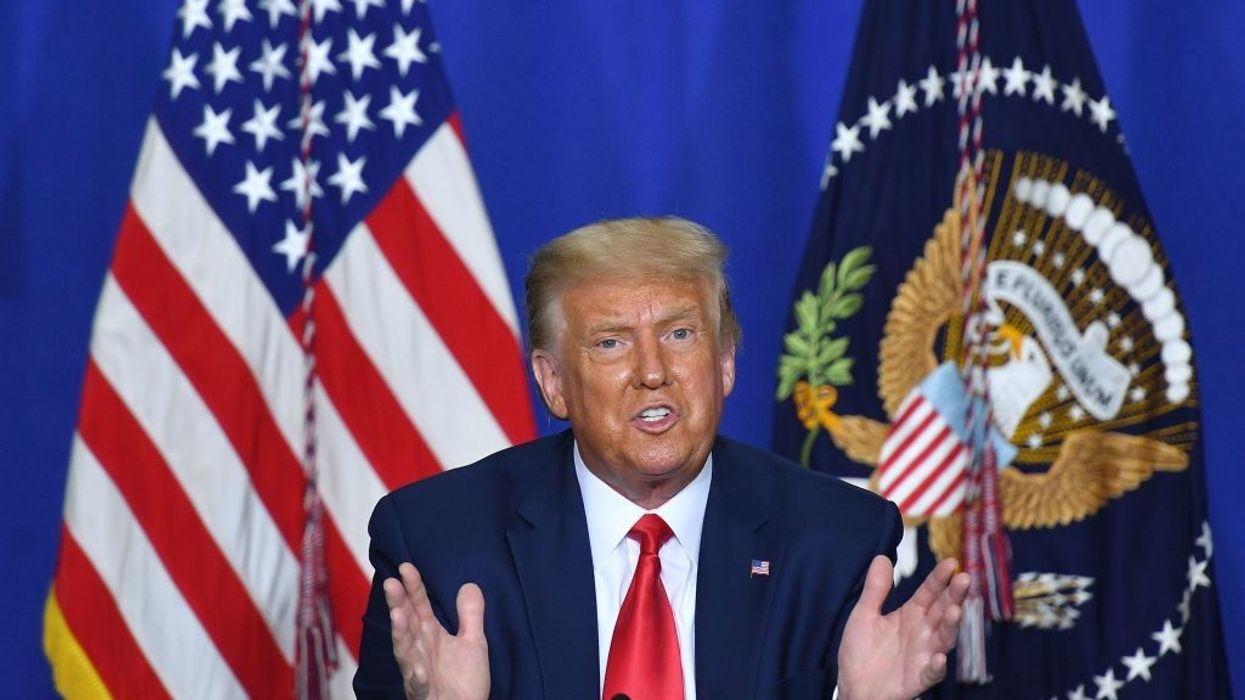

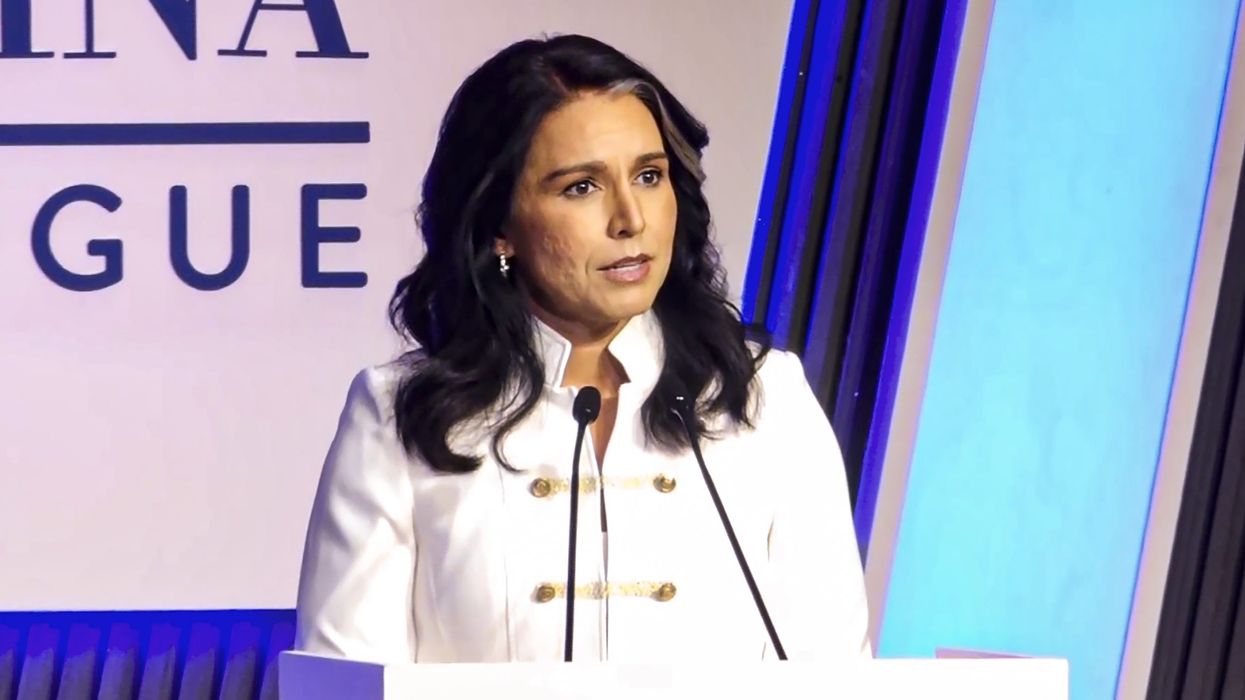

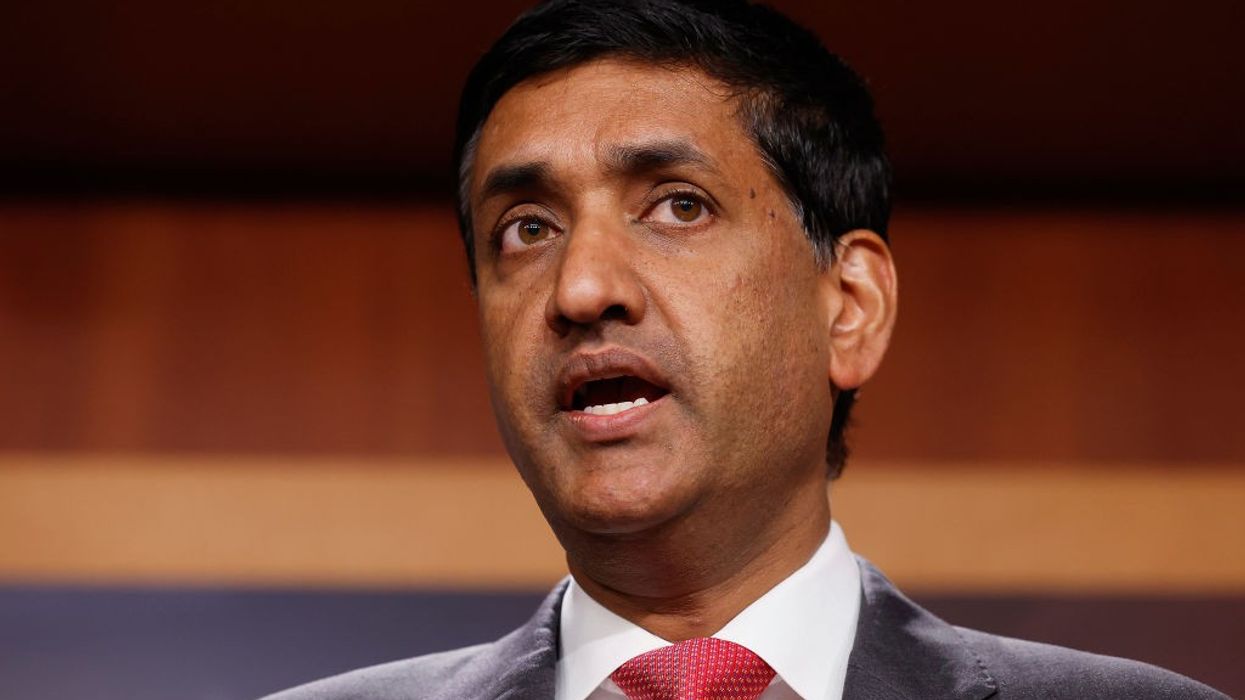

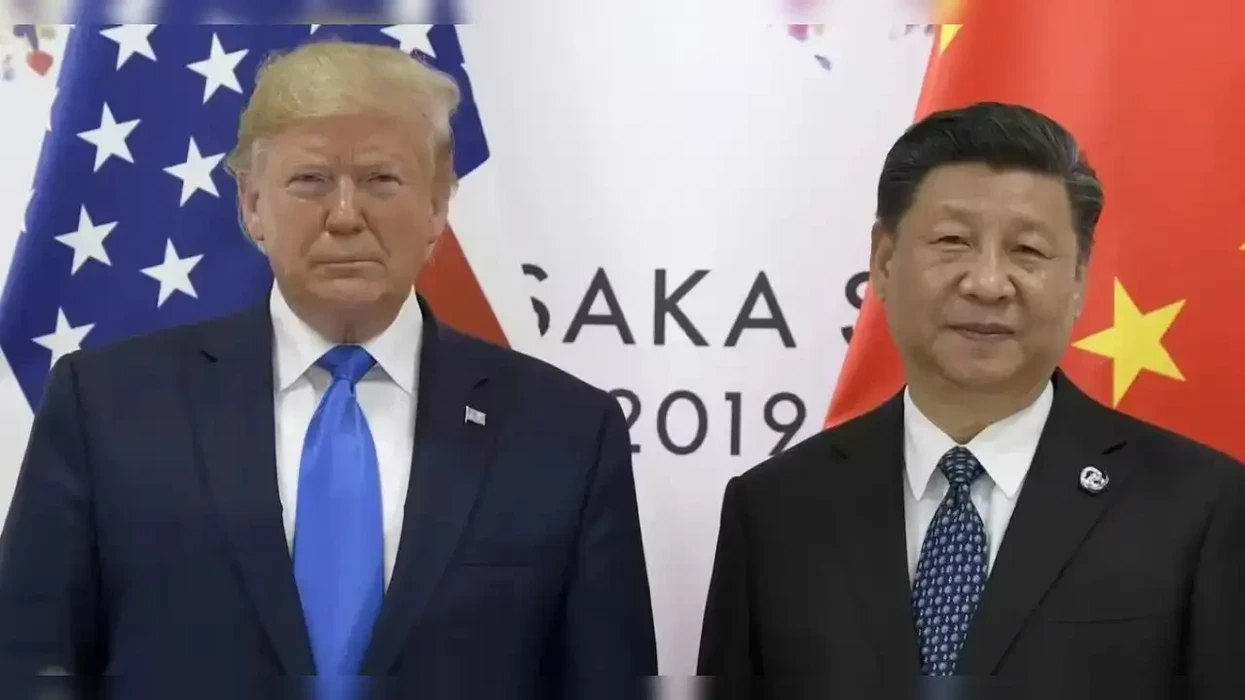

 🚀 UnearthInsight, in collaboration with ANSR, has launched the “Fortune Global 500 GCCs in India Landscape Report 2025”, an in-depth study mapping the scale, impact, and transformation journey of… | UnearthInsight
🚀 UnearthInsight, in collaboration with ANSR, has launched the “Fortune Global 500 GCCs in India Landscape Report 2025”, an in-depth study mapping the scale, impact, and transformation journey of… | UnearthInsight 